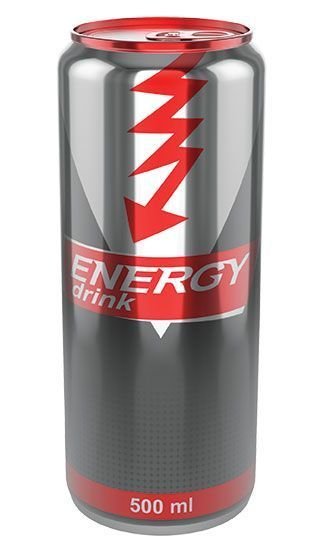
Dangers In The Drink Aisle: The Truth Behind Energy Drinks & Dietary Supplements
By Karyn Brodsky | Staff Writer
How often have you downed an energy drink to power through an afternoon at work? How many times have your children done the same before a significant exam? And how frequently do people end up in the emergency room as a result of this habit?
The statistics are alarming. According to the Taylor Hooton Foundation (THF) based in McKinney, TX, an organization committed to raising awareness about the risks associated with Appearance and Performance Enhancing Drugs (APEDs), there are over 20,000 emergency room visits annually linked to energy drinks and shots, with several fatalities occurring each year. (Substance Abuse and Mental Health Services Administration, www.samhsa.gov)
This issue extends beyond energy drinks. They are part of a vast array of dietary supplements that lack regulation from the Food and Drug Administration (FDA). As stated on the FDA website (www.fda.gov/Food/DietarySupplements), “while dietary supplement manufacturers must register their facilities with FDA, they do not need FDA approval before producing or selling dietary supplements.” The THF indicates that many products, including protein powders, creatine, protein shakes, and pre-workout supplements, may harbor banned substances such as anabolic steroids, stimulants (which include Methamphetamine), diuretics, and more. Donald Hooton Jr., Vice President of Education at THF, notes that “as many as 25% of bodybuilding supplements are tainted or contaminated with anabolic steroids.”
How can one identify whether dietary supplements contain dangerous substances? While common sense suggests checking labels, that alone is inadequate. “Since these items are classified as dietary supplements, they are not treated as food. Thus, consumers must rely on the honesty of the manufacturer. Very few companies have their products third-party certified by organizations like NSF International to ensure that what’s labeled matches what’s in the product.” Hooton emphasizes, “the average consumer will NEVER know if the supplement is safe. Even if anabolic steroids were listed on the label, most people would not recognize them; there are approximately 200 different pseudonyms for testosterone alone.”
With no warnings on the label, the covert addition of harmful ingredients, high caffeine levels, and the possibility of illness or death, what should a parent do?
Educate Yourself. Then proceed with caution and common sense. Hooton highlights that “the typical age of first use for dietary supplements, including creatine, protein, vitamins, and energy drinks, is 10 to 11 years old. Many receive these from their parents.”
Hooton recounts a troubling incident with a mother who questioned whether it was wrong for her to buy an energy drink for her 6-year-old every morning at a gas station. “Parents often assume items are safe simply because they are sold at a grocery store, gas station, or local health food store,” Hooton laments. He advises parents to investigate the manufacturers of dietary supplements and to consult a sports dietitian or trained nutritionist.
Watch What Your Kids are Ingesting. Hooton urges attention to the serving size of energy drinks. Many contain two servings and could be dangerous if a child consumes the entire can. For instance, a standard cup of coffee may have around 150 mg of caffeine, while some energy drinks and shots can contain up to 500 mg per serving—roughly five times the caffeine in a typical cup of coffee and ten times the amount in a 12oz soda. Hooton adds that other ingredients in energy drinks warrant caution. While many energy drinks are high in caffeine, they often include other legal stimulants that elevate heart rates and boost energy and alertness, such as Taurine, Guarana, and B Vitamins. Be sure to instruct children never to mix energy drinks with caffeine, pre-workout supplements, alcohol, or other substances.
Regarding Steroids, Look for Signs Your Kids are Using. Hooton admits that children can be secretive about anabolic steroid use, but certain signs may indicate that a child is taking steroids or using a dietary supplement that is tainted. “Look for swollen cheeks, acne on the back or chest (known as androgen-induced acne), rapid weight gain over a short time, and an unexpected urge to work out frequently,” warns Hooton. “It’s impossible to maintain that level of exercise without steroids or similar drugs.”
By the Numbers
85 – The percentage of high school students who report never having discussed the dangers of these drugs with a coach, parent, or teacher.
4,300,000 – The number of search results for “how to beat a steroid test.”
20,000 – The annual number of emergency room visits caused by high caffeine/energy drinks and shots.
12,000,000+ – The number of children using unregulated over-the-counter dietary supplements.
12,600,000 – The number of results when searching “buy steroids” on Google.
2,000,000 – Nearly 2 million middle school and high school students admit to using steroids for appearance and performance enhancement.
You may also be interested in: The Taylor Hooton Foundation






